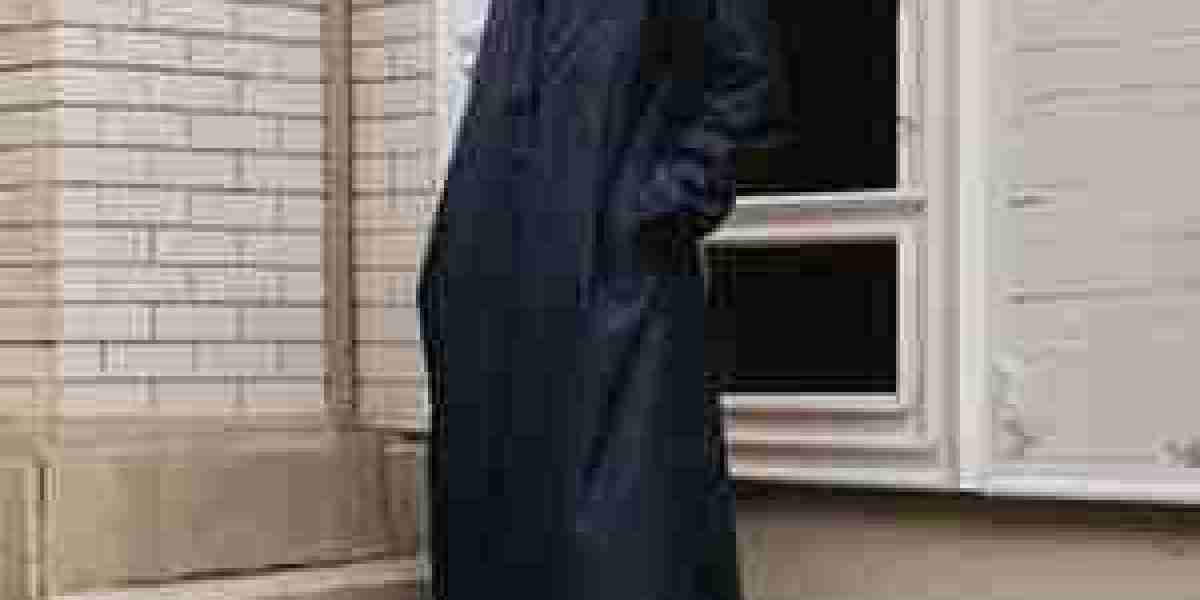The Moroccan Thobe, a traditional garment worn by both men and women, embodies the rich tapestry of Moroccan culture and heritage. Its origins steeped in history, its design intricate yet practical, the Thobe serves not only as a fashion statement but also as a symbol of identity and tradition. In this comprehensive exploration, we delve into the essence of the Moroccan Thobe, tracing its evolution, examining its significance, and celebrating its timeless elegance.
Historical Roots:
The roots of the Moroccan Thobe can be traced back centuries, to the influence of various civilizations that have left their mark on the region. From the indigenous Berber tribes to the Arab conquerors and the Andalusian refugees, each has contributed to the unique aesthetic of the garment. The Thobe, with its flowing silhouette and modest design, reflects the blending of these diverse cultural influences into a distinct Moroccan identity.
Design Elements:
The design of the Moroccan Thobe is characterized by its simplicity and elegance. Typically made from lightweight fabrics such as cotton or linen to combat the heat of the North African climate, the Thobe features loose-fitting sleeves and a wide, flowing cut that allows for ease of movement. Intricate embroidery, known as "tatriz," adorns the collar, cuffs, and hem, adding a touch of artistry to the garment. The choice of colors and patterns varies regionally, with vibrant hues and geometric motifs often dominating the design.
Regional Variations:
While the basic silhouette of the Thobe remains consistent across Morocco, regional variations in style and embellishment reflect the diverse cultural landscape of the country. In the north, Thobes may feature heavier embroidery influenced by Spanish and Andalusian traditions, while in the south, Berber motifs and earthy tones prevail. Coastal regions may incorporate maritime elements into the design, such as shell-shaped buttons or wave-inspired patterns, reflecting Morocco's history as a seafaring nation.
Symbolism and Significance:
Beyond its aesthetic appeal, the Moroccan Thobe carries deep symbolic significance within Moroccan society. For many, it serves as a marker of cultural identity and belonging, representing a connection to the traditions of the past. It is also worn on special occasions such as weddings, religious festivals, and other celebrations, where it serves as a symbol of respect and reverence. In this way, the Thobe becomes not just a piece of clothing, but a vessel for the preservation and expression of Moroccan culture.
Modern Interpretations:
In recent years, the Moroccan Thobe has experienced a resurgence in popularity, both domestically and internationally. Designers have reimagined the traditional garment, incorporating contemporary elements while staying true to its cultural roots. Fashion shows and exhibitions showcase the diversity of styles and interpretations, from minimalist takes on the classic Thobe to bold, avant-garde designs that push the boundaries of tradition.
Cultural Preservation:
Despite the influx of modern influences, efforts are underway to preserve the authenticity of the Moroccan Thobe and safeguard it for future generations. Artisans continue to practice the traditional techniques of embroidery and garment construction, passing down their skills from one generation to the next. Cultural institutions and organizations work to document and archive the history of the Thobe, ensuring that its legacy endures.
Conclusion:
In conclusion, the Moroccan Thobe stands as a testament to the enduring legacy of Moroccan culture and craftsmanship. Its timeless elegance, rooted in centuries of tradition, continues to captivate and inspire. As we celebrate the beauty of the Thobe, let us also recognize its role as a symbol of identity, heritage, and resilience in an ever-changing world. Visit the official website of newarabia.co.uk








